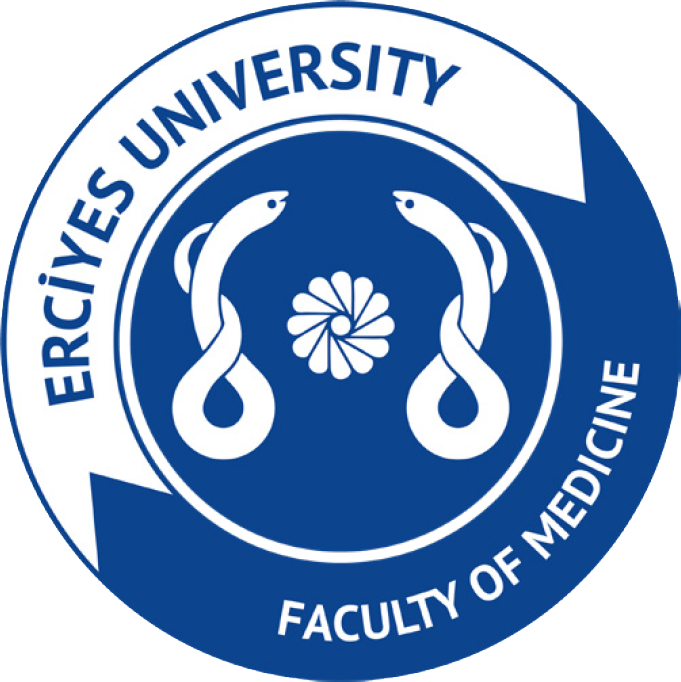2Department of Infectious Diseases, Erciyes University Faculty of Medicine, Kayseri, Türkiye
3Department of Orthopedics and Traumatology, Erciyes University Faculty of Medicine, Kayseri, Türkiye
Abstract
Objective: Prosthetic joint infections (PJIs) can lead to extended hospital stays, necessi-tate additional surgeries, and require antimicrobial treatment, thereby increasing costs and causing significant morbidity. This study aims to ascertain surgeon-specific infection rates and identify risk factors associated with PJIs.
Materials and Methods: This research was conducted with two study arms between Janu-ary 1, 2017, and February 28, 2019. In the first arm, all cases undergoing primary total knee and hip arthroplasty by the same surgeon were prospectively included and monitored for the development of PJIs. In the second arm, all patients admitted to the same surgeon due to PJI were included.
Results: The first arm comprised 152 patients, of whom five developed PJIs (3.2%). Risk fac-tors for PJI development included diabetes mellitus (p=0.030), rheumatoid arthritis (p=0.014), superficial surgical wound infections in the same joint (p=0.001), and postoperative hemato-mas (p=0.008). In the second arm, 23 patients with PJIs were included. Gram-positive microor-ganisms (84.6%) were the most frequently isolated pathogens. The overall treatment success rate stood at 76%, with a treatment success rate of 72.2% for patients receiving daptomycin.
Conclusion: Effective measures such as perioperative glycemic control, regulation of immunosuppressive drugs, management of anticoagulant therapy, postoperative wound care by trained personnel, adherence to infection control protocols, and tailoring of PJI treatments based on local surveillance data are crucial for preventing PJIs and achieving treatment success.


